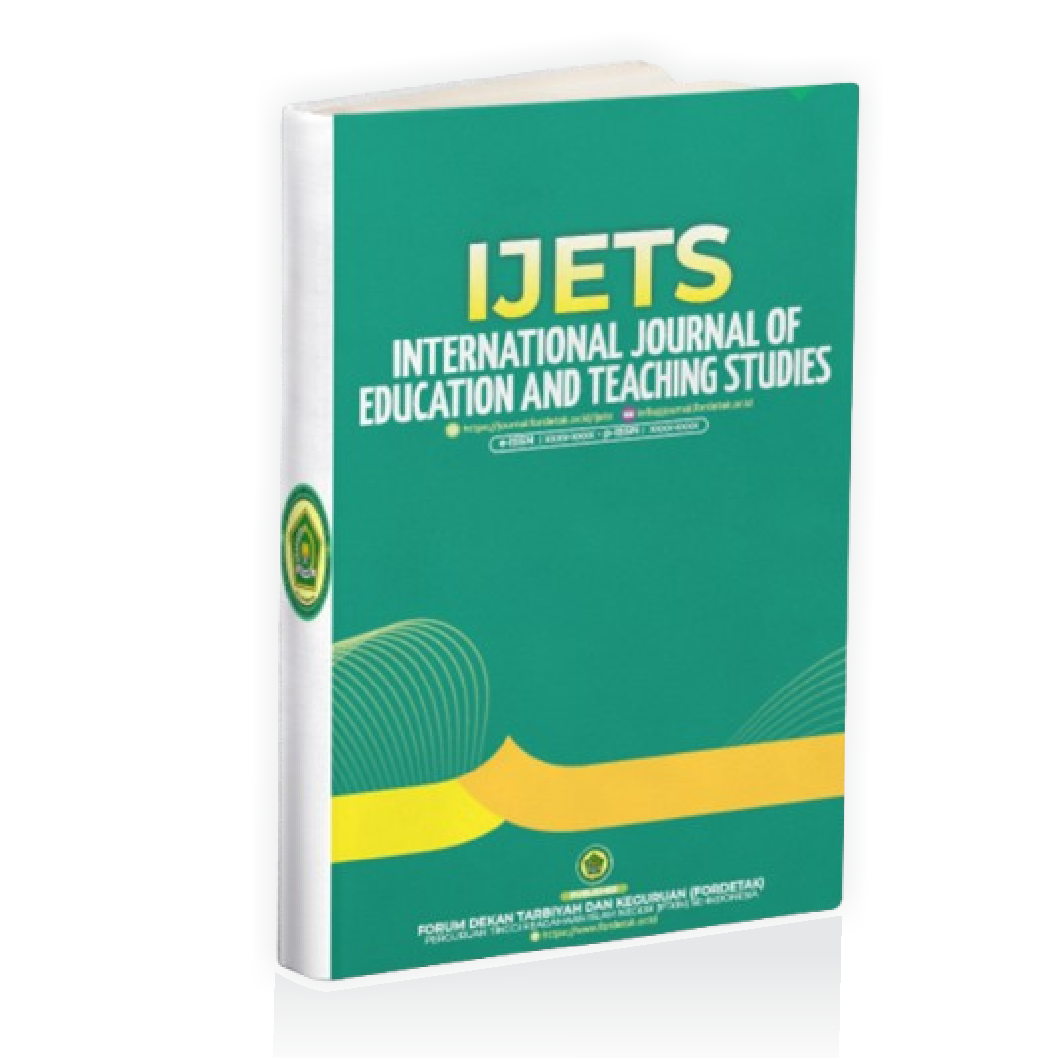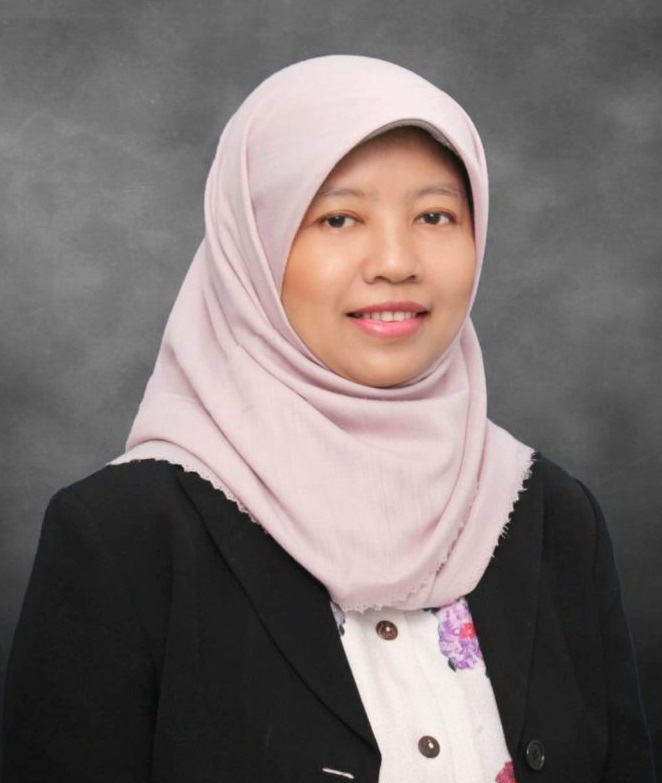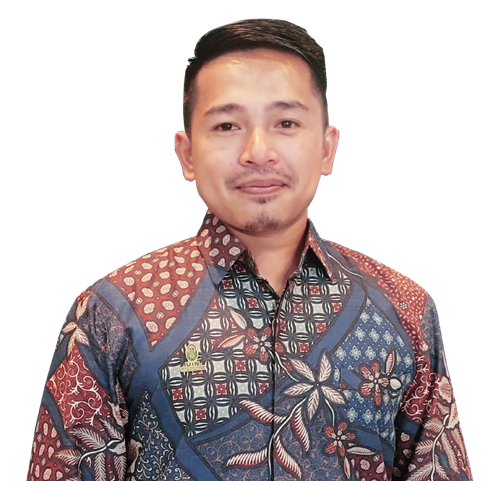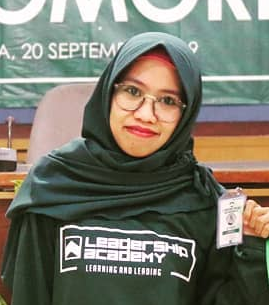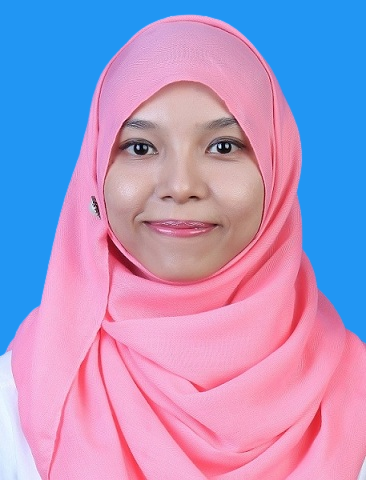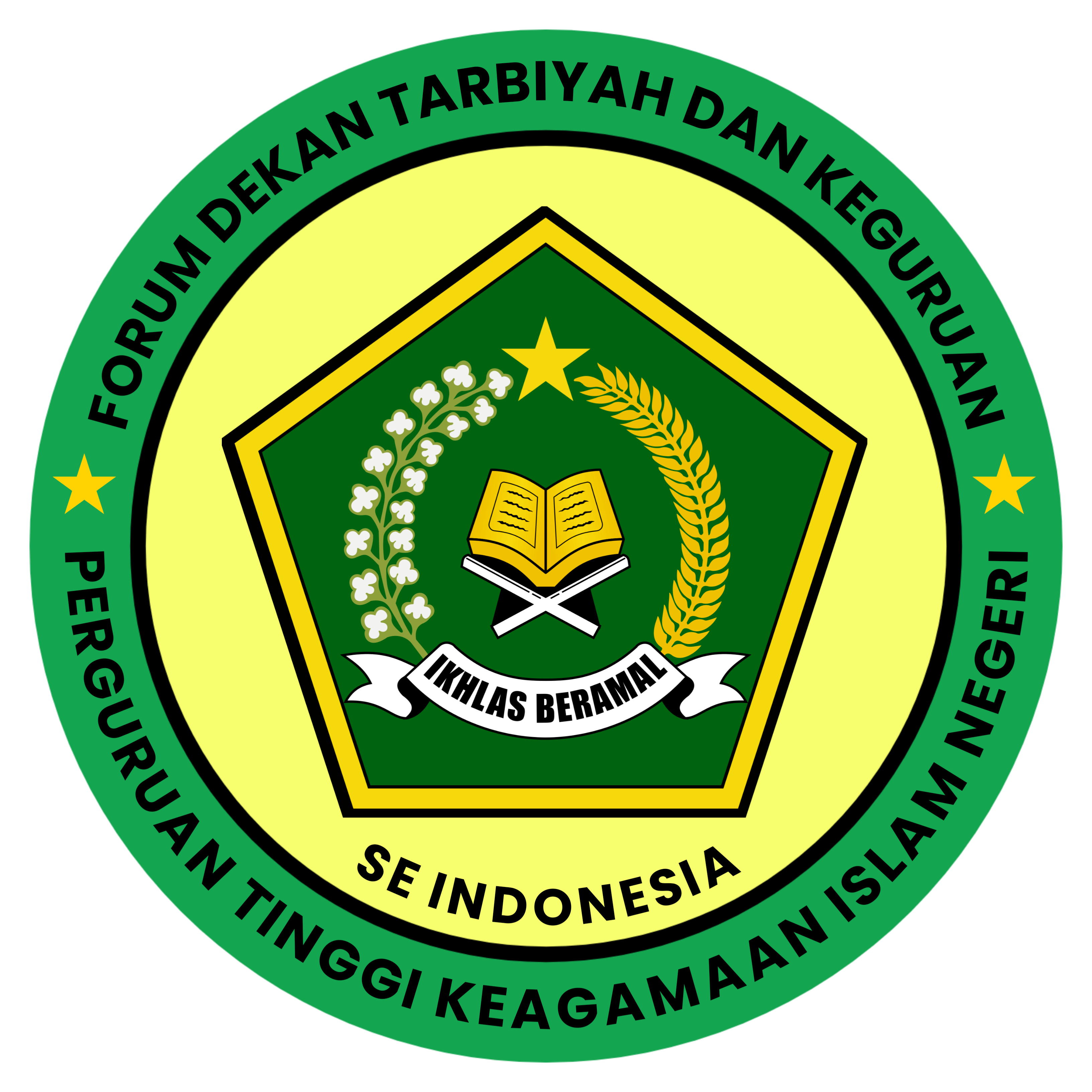The Application of Differentiated Learning Model in Increasing Students' Interest in Learning
Keywords:
Islamic Religious Education, Learning Interest, Differensiasion Based LearningAbstract
References
Andriani, Windy. 2020. “Pentingnya Perkembangan Pembaharuan Kurikulum Dan Permasalahannya.”
Chaerunisa, Putri amalia Lee, Zahra Muti’ah, and Riski Septiadevana. 2024. “Model Project Based Learning (Pjbl) Dengan Metode Mind-Mapping Di Sekolah Dasar.” Adi Widya: Jurnal Pendidikan Dasar 9 (1): 20–34. https://doi.org/10.25078/aw.v9i1.3427.
Firdaus, Beni, Fauzan Fauzan, Endri Yenti, Ferdi Yufriadi, Rahmiati Rahmiati, and Abdullah A Afifi. 2024. “Buy Now Pay Later Transactions (BNPL) in Indonesia: Implications for Maqāṣid Sharia in the Digital Era.” Islam Realitas: Journal of Islamic and Social Studies 10 (2): 130–46. https://doi.org/10.30983/islam_realitas.v10i2.8690.
Goossens, Nicole A. M. C., Gino Camp, Peter P. J. L. Verkoeijen, Huib K. Tabbers, Samantha Bouwmeester, and Rolf A. Zwaan. 2016. “Distributed Practice and Retrieval Practice in Primary School Vocabulary Learning: A Multi‐classroom Study.” Applied Cognitive Psychology 30 (5): 700–712. https://doi.org/10.1002/acp.3245.
Hidayat, Fitria, and Muhammad Nizar. 2021. “Model Addie (Analysis, Design, Development, Implementation and Evaluation) Dalam Pembelajaran Pendidikan Agama Islam Addie (Analysis, Design, Development, Implementation and Evaluation) Model in Islamic Education Learning.” Jurnal UIN 1 (1): 28–37.
Susy Suari, Junaidi Indrawadi, and Fadilla Syahriani. 2023. “Exploration of Learning Strategies in the Social Studies Based on the Merdeka Curriculum” 30 (1): 195–210. Journal, Al- T A L I M, https://doi.org/10.15548/jt.v30i2.920.
Kokotsaki, Dimitra, Victoria Menzies, and Andy Wiggins. 2016. “Project-Based Learning: A Review of the Literature.” Improving Schools 19 (3): 267–77. https://doi.org/10.1177/1365480216659733.
Purani, Ni Kadek Candra, and I Ketut Dedi Agung Susanto Putra. 2022. “Analisis Kesiapan Guru Dalam Penerapan Kurikulum Merdeka Belajar Di SDN 2 Cempaga.” Jurnal Pendidikan Dasar Rare Pustaka 4 (2): 8–12.
Rahayu, Restu, Rita Rosita, Yayu Sri Rahayuningsih, Asep Herry Hernawan, and Prihantini. 2022. “Implementasi Kurikulum Merdeka Belajar Di Sekolah Penggerak.” Jurnal Basicedu 6 (4): 6313–19. https://doi.org/https://dx.doi.org/10.31004/basicedu.v6i4.3237.
R. Yunitasari and U. Hanifah, “Pengaruh Pembelajaran Daring terhadap Minat Belajar Siswa pada Masa COVID 19,” Edukatif J. Ilmu Pendidik., vol. 2, no. 3, pp. 232–243, 2020, doi: 10.31004/edukatif.v2i3.142.
Silveira, Gabrielle L., Lia K.S. Campos, Marcelo Schweller, Egberto R. Turato, Esther Helmich, and Marco Antonio de Carvalho-Filho. 2019. “‘Speed up’! The Influences of the Hidden Curriculum on the Professional Identity Development of Medical Students.” Health Professions Education 5 (3): 198–209. https://doi.org/10.1016/j.hpe.2018.07.003.
Marti’in, “Analisis Tentang Rendahnya Minat Belajar Peserta Didik Kelas XI SMA Negeri 5 Pontianak,” J. Pendidik. dan Pembelajaran Khatulistiwa, vol. 8, no. 7, 2019.
N. Reski, “Tingkat Minat Belajar Siswa Kelas IX SMPN 11 Kota Sungai Penuh,” J. Inov. Penelit., vol. 1, no. 11, pp. 2485–2490, 2021.
Martina, Panduan Pelaksanaan Model Pembelajaran Berdiferensiasi di Sekolah Inklusif. Padang: PLB FIP UNP, 2019.
H. Pitaloka and M. Arsanti, “Pembelajaran Diferensiasi dalam Kurikulum Merdeka,” Semin. Nas. Pendidik. Sultan …, no. November, pp. 2020–2023, 2022, [Online]. Available: http://jurnal.unissula.ac.id/index.php/sendiksa/article/view/27283
A. Mukhid, Metodologi Penelitian Pendekatan Kuantitatif. Surabaya: CV Jakad Media Publishing, 2021.
M. F. Arib, M. S. Rahayu, R. A. Sidorj, and M. W. Afgani, “Experimental Research Dalam Penelitian Pendidikan,” Innov. J. Soc. Sci. Res., vol. 4, no. 1, pp. 5497–5511, 2024, [Online]. Available: https://j-innovative.org/index.php/Innovative/article/view/8468
Sugiyono, Metode Penelitian Kuantitatif Kualitatif Dan R&D, 14th ed. Yogyakarta: Alfabeta, 2017.
R. W. D. Paramita, N. Rizal, and R. B. Sulistyan, “Metode Penelitian Kuantitatif,” W. G. Press, Ed., Jawa Timur, 2021. doi: https://doi.org/10.19109/jpmrafa.v4i1.2461.
S. A. Pratama and R. I. Permatasari, “Pengaruh Penerapan Standar Operasional Prosedur Dan Kompetensi Terhadap Produktivitas Kerja Karyawan Divisi Ekspor Pt. Dua Kuda Indonesia,” J. Ilm. M-Progress, vol. 11, no. 1, pp. 38–47, 2021, doi: 10.35968/m-pu.v11i1.600.
U. Usmadi, “Pengujian Persyaratan Analisis (Uji Homogenitas Dan Uji Normalitas),” Inov. Pendidik., vol. 7, no. 1, pp. 50–62, 2020, doi: 10.31869/ip.v7i1.2281.
E. Tyastirin and I. Hidayati, Statistik Parametrik, 4th ed. Surabaya: Kencana, 2017.
Slameto, Belajar dan Faktor-faktor Yang Mempengaruhinya. Jakarta: Rineka Cipta, 2010.
Mumpuniarti, “Differensiasi Pembelajaran,” Yogyakarta: UNY Press, 2023.
P. Sitorus, M. Surbakti, and P. R. Gulo, “PENGARUH STRATEGI PEMBELAJARAN BERDIFERENSIASI TERHADAP MINAT DAN HASIL BELAJAR PESERTA DIDIK,” J. Pembelajaran Fis., vol. 12, pp. 127–136, 2019.
L. Lisnawati, S. Kuntari, and M. A. Hardiansyah, “Peran Guru dalam Penerapan Pembelajaran Berdiferensiasi untuk Menumbuhkan Minat Belajar Siswa pada Mata Pelajaran Sosiologi,” As-Sabiqun, vol. 5, no. 6, pp. 1677–1693, 2023, doi: 10.36088/assabiqun.v5i6.4086.
Downloads
Published
How to Cite
Issue
Section
Citation Check
License

This work is licensed under a Creative Commons Attribution-ShareAlike 4.0 International License.

